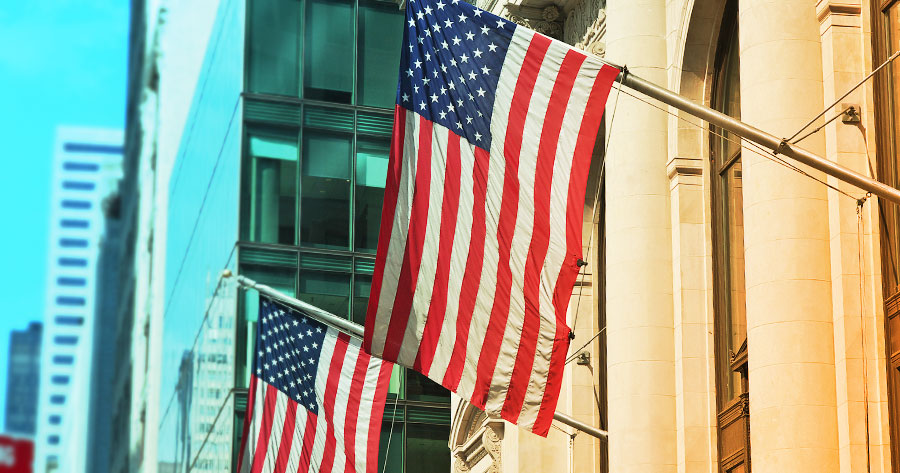The U.S. Consumer Price Index for September was trending downward when compared to last year, but was still higher than economist expectations amid surging jobless claims following the impact of Hurricane Helene and the Boeing strike.
The Consumer Price Index (CPI), a key indicator reflecting the expenditure on goods and services within the U.S. economy, saw a 0.2% seasonally adjusted increase for the month. This led to an annual inflation rate of 2.4%, which was lower than 2.5% recorded in September last year, but still topping the Dow Jones consensus by 0.1 percentage point. Additionally, the annual inflation rate marked a decrease of 0.1 percentage point from August, reaching its lowest point since February 2021.
When excluding volatile categories such as food and energy, core prices experienced a 0.3% increase for the month, resulting in an annual rate of 3.3%. Similar to the overall CPI figures, these core readings also surpassed forecasts by 0.1 percentage point.
Furthermore, a separate report released on the same day highlighted a sharp increase in weekly jobless claims, reaching a 14-month peak. This spike in claims indicates a potential weakness in the labor market, despite the strong growth in nonfarm payrolls witnessed in September. However, it is suggested that much of this rise can be attributed to the impact of the hurricane and strike events.




